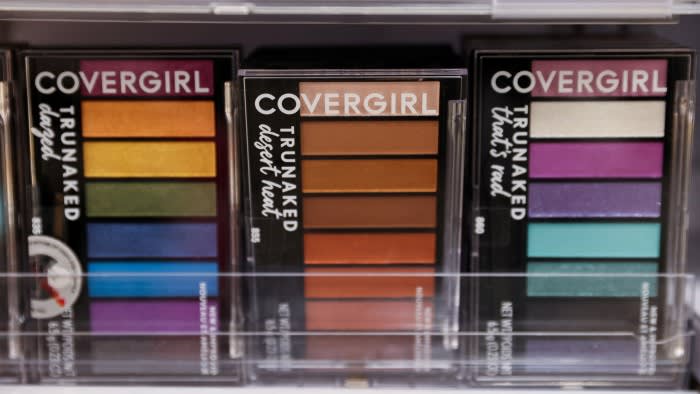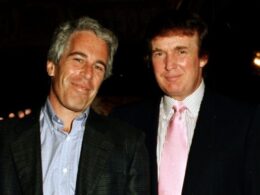Unlock the Editor’s Digest for free
Roula Khalaf, Editor of the FT, selects her favourite stories in this weekly newsletter.
Big Beauty has been a remarkably successful business. In an industry in which trends age quickly and new brands pop up at every turn, companies such as L’Oréal have managed to out-innovate and out-market rivals. Deep pockets mean challengers that can’t be beaten can always be bought.
As a result, the combined share of the beauty market for L’Oréal, Estée Lauder, Procter & Gamble, Unilever and Shiseido has grown by about 9 percentage points since 2009, according to Barclays analysis.
So what went wrong at Coty? Nine years ago, the US beauty company bought 43 perfume, hair care and make-up brands from P&G for $12.5bn. But that deal turned into a blot on its business.
Coty’s revenue, which doubled to almost $9bn in 2017 as a result of the acquisition, has since shrunk by about a third. Its shares are down nearly 90 per cent since the deal was announced. The company this week announced a strategic review of its mass-market colour cosmetics business, which includes CoverGirl, Rimmel, Sally Hansen and Max Factor.
The problem is that buying tired brands involves paying twice: once to acquire them, and again to spruce them up. Coty acquired a business in need of significant investment, but in doing so it took on $1.9bn of borrowings, leaving it with net debt equivalent to 3.5 times adjusted ebitda. Perhaps as a result, Coty has only invested the equivalent of about 2 per cent of sales on research and development — a third less than L’Oréal.
Coty has been caught up in the troubles of the companies who sell its wares to consumers: pharmacy and healthcare retailers. Large US chains such as CVS have shrunk their footprints and shuttered stores to meet the squeeze in consumer spending. Brands such as CoverGirl are struggling to remain relevant amid the rise of viral make-up brands including e.l.f. Beauty, Hailey Bieber’s rhode and Korean beauty products.
A nip and tuck may help. Threadbare brands have been revitalised before, sometimes by private equity groups with focus and the willingness to invest. Coty itself sold a 60 per cent stake in a portfolio of haircare brands to KKR for $2.5bn in 2020. If the company can exit mass market cosmetics, focus on its higher-margin fragrances and pay down some of its $3.7bn net debt pile, it might yet clear up its enduring P&G blemish.
Source link









